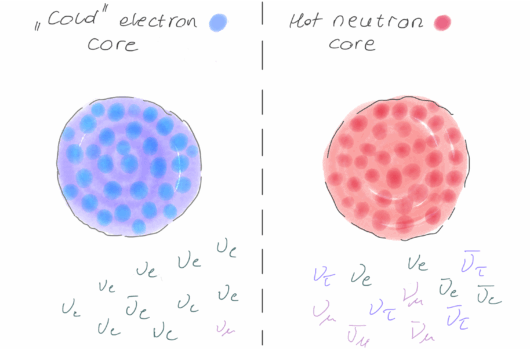Non-Universal Stellar Initial Mass Functions: Large Uncertainties in Star Formation Rates at z ~= 2-4 and Other Astrophysical Probes
Non-Universal Stellar Initial Mass Functions: Large Uncertainties in Star Formation Rates at z ~= 2-4 and Other Astrophysical Probes
View
Abstract
We explore the assumption, widely used in many astrophysical calculations, that the stellar initial mass function (IMF) is universal across all galaxies. By considering both a canonical Salpeter-like IMF and a non-universal IMF, we are able to compare the effect of different IMFs on multiple observables and derived quantities in astrophysics. Specifically, we consider a non-universal IMF which varies as a function of the local star formation rate, and explore the effects on the star formation rate density (SFRD), the extragalactic background light, the supernova (both core-collapse and thermonuclear) rates, and the diffuse supernova neutrino background. Our most interesting result is that our adopted varying IMF leads to much greater uncertainty on the SFRD at ![]() than is usually assumed. Indeed, we find a SFRD (inferred using observed galaxy luminosity distributions) that is a factor of
than is usually assumed. Indeed, we find a SFRD (inferred using observed galaxy luminosity distributions) that is a factor of ![]() lower than canonical results obtained using a universal Salpeter-like IMF. Secondly, the non-universal IMF we explore implies a reduction in the supernova core-collapse rate of a factor of
lower than canonical results obtained using a universal Salpeter-like IMF. Secondly, the non-universal IMF we explore implies a reduction in the supernova core-collapse rate of a factor of ![]() , compared against a universal IMF. The other potential tracers are only slightly affected by changes to the properties of the IMF. We find that currently available data do not provide a clear preference for universal or non-universal IMF. However, improvements to measurements of the star formation rate and core-collapse supernova rate at redshifts
, compared against a universal IMF. The other potential tracers are only slightly affected by changes to the properties of the IMF. We find that currently available data do not provide a clear preference for universal or non-universal IMF. However, improvements to measurements of the star formation rate and core-collapse supernova rate at redshifts ![]() may offer the best prospects for discernment.
may offer the best prospects for discernment.




